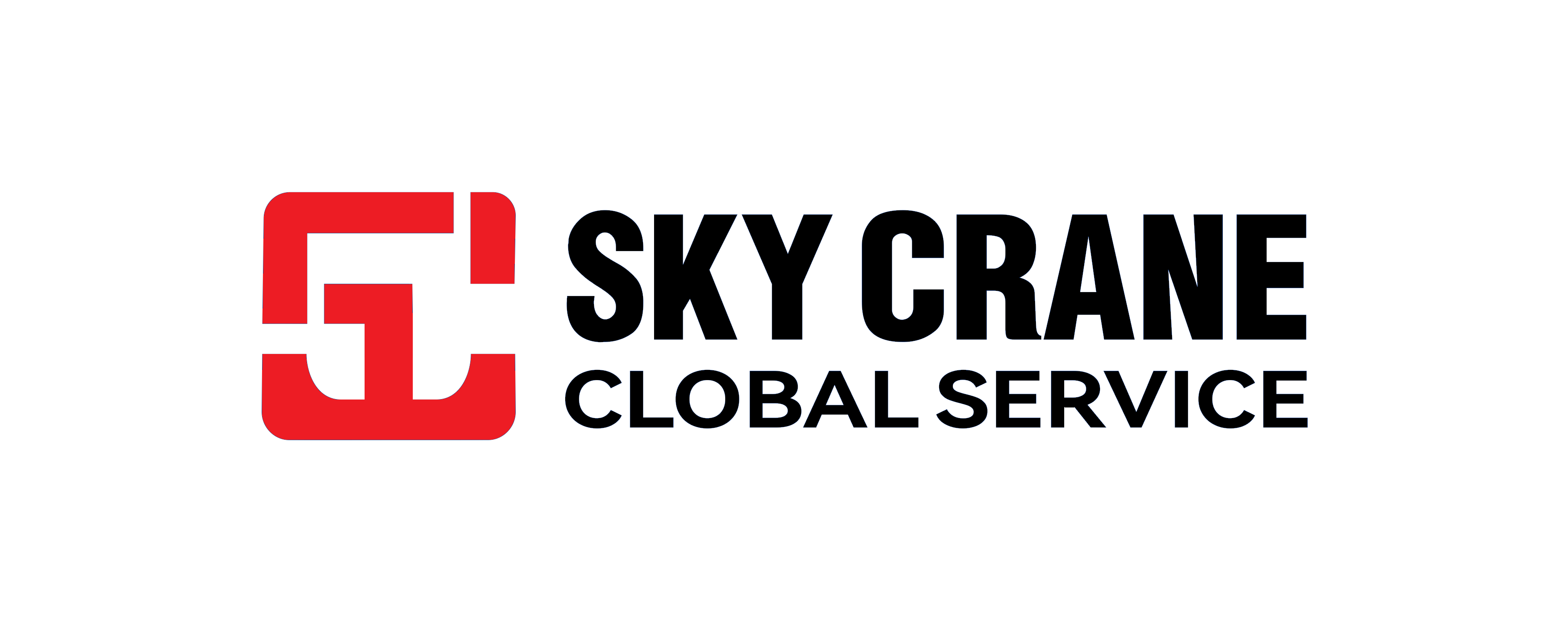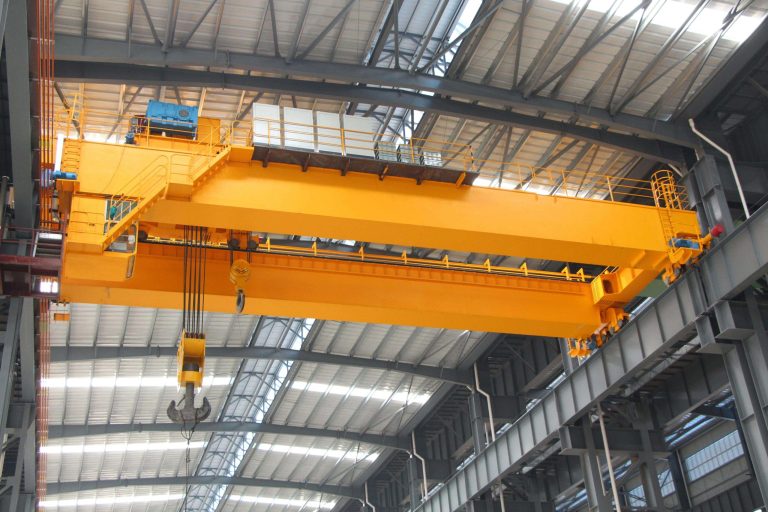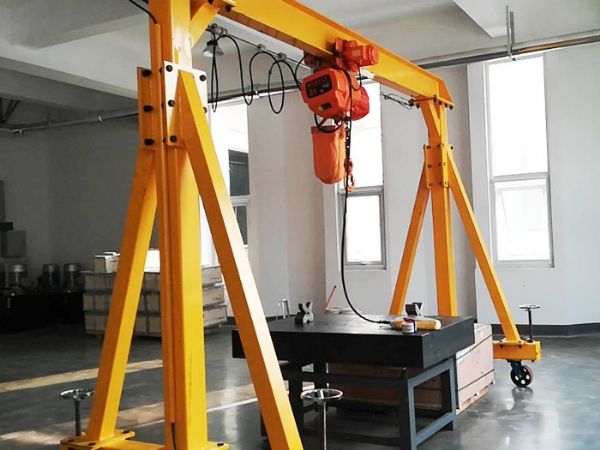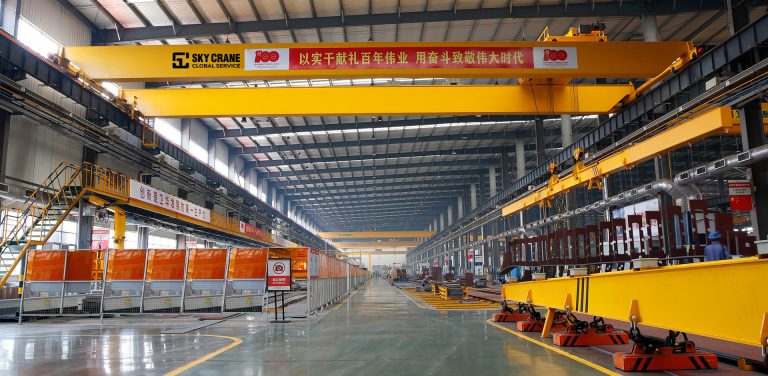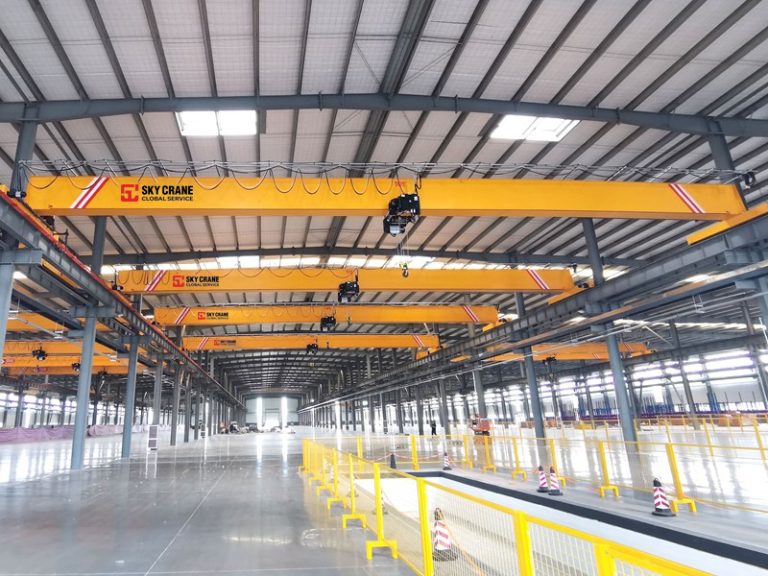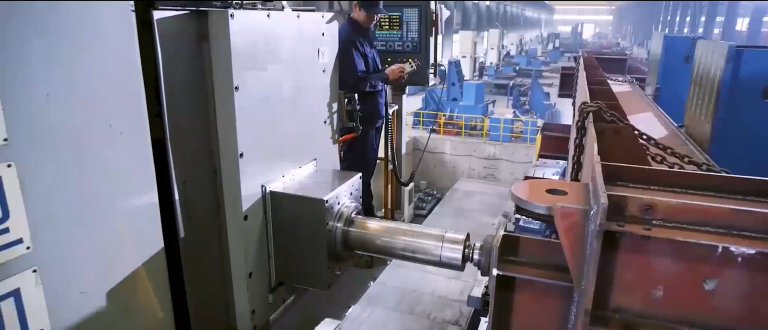Table of Contents
Bahlahisi ba ka Sehloohong ba Machaena ba Lisebelisoa tsa Phahamisa bakeng sa Mabolokelo
Litharollo tse Ncha tsa ho Phahamisa ho Tsoa ho Bafani ba Baetapele ba Machaena ba Warehouse Equipment
Nr.
Sehlahisoa

LDY metallurgical electric single beam crane
| Rabara – e khathetse Gantry Crane | Crene ea mofuta oa Europe |
| 1 | Korene ea boema-kepe |
| 2 | Ho Bapisa Boleng le Theko ea Thepa ea Phahamiso ea Sechaena bakeng sa Litlhoko tsa Bobolokelo |
| 3 | Ha ho tluoa tabeng ea ho hlomella ntlo ea polokelo, khetho ea lisebelisoa tsa ho phahamisa e bohlokoa bakeng sa ho netefatsa katleho, polokeho le tlhahiso. Har’a barekisi ba fapaneng ba lefats’e, bahlahisi ba China ba hlahile e le libapali tsa bohlokoa ‘marakeng oa lisebelisoa tse phahamisang thepa, ba fana ka lihlahisoa tse fapaneng tse hlokomelang litlhoko tse fapaneng tsa polokelo. Leha ho le joalo, ha likhoebo li nahana ka ho fumana thepa ea ho phahamisa thepa e tsoang Chaena, ho ba bohlokoa ho bapisa boleng le theko ea lihlahisoa tsena ho etsa liqeto tse nang le tsebo.
Bahlahisi ba Machaena ba tsejoa ka bokhoni ba bona ba ho hlahisa thepa ea ho phahamisa thepa ka theko ea tlhōlisano. Theko ena hangata e bakoa ke litšenyehelo tse tlase tsa basebetsi, maemo a moruo, le marang-rang a matla a phepelo ea thepa. Ka lebaka leo, matlo a mangata a polokelo a fumana hore a ka fumana lisebelisoa tsa boleng bo holimo ntle le ho senya tekanyetso ea bona. Leha ho le joalo, ke habohlokoa ho hlokomela hore hase bahlahisi bohle ba khomarelang litekanyetso tse tšoanang tsa boleng. Ka hona, bao e ka bang bareki ba tlameha ho etsa lipatlisiso tse tebileng ho tsebahatsa bafani ba thepa ba hlomphehang ba etelletsang boleng pele hammoho le ho boloka litšenyehelo. Ha ho bapisa boleng, motho o tlameha ho nahana ka lintlha tse sa tšoaneng, ho kenyelletsa le thepa e sebelisoang, mekhoa ea tlhahiso, le ho khomarela litekanyetso tsa machaba tsa tšireletso. Baetsi ba bangata ba Machaena ba tsetelitse ho theknoloji e tsoetseng pele le lits’ebetso tsa taolo ea boleng ho ntlafatsa bokhoni ba bona ba tlhahiso. Peeletso ena e lebisitse ho nts’etsopele ea lisebelisoa tsa ho phahamisa tse sa kopaneng feela empa hangata li feta litekanyetso tsa machaba tsa polokeho le ts’ebetso. Mohlala, lisebelisoa tse kang forklifts, pallet jacks, le hoist li se li fumaneha ka likarolo tse ntlafalitsoeng tse ntlafatsang ts’ebetso le polokeho, joalo ka lisensara tsa mojaro le meralo ea ergonomic. Ho feta moo, litifikeiti li bapala karolo ea bohlokoa ho khethollang boleng ba lisebelisoa tsa ho phahamisa. . Baetsi ba bangata ba Machaena ba batla litifikeiti tse kang ISO 9001 bakeng sa litsamaiso tsa tsamaiso ea boleng le ho tšoaea CE bakeng sa ho latela litekanyetso tsa polokeho tsa Europe. Lisetifikeiti tsena li sebetsa e le matšoao a boitlamo ba moetsi ho hlahisa lisebelisoa tse tšepahalang le tse bolokehileng. Ka lebaka leo, bareki ba lokela ho etelletsa pele barekisi ba ka fanang ka litokomane tsa litifikeiti tsena, kaha li bonts’a boitelo ba moetsi ho tiisetso ea boleng. Le hoja boleng e le ba bohlokoa, litheko e ntse e le taba ea bohlokoa ho basebetsi ba polokelong ea thepa. Boemo ba tlholisano ba tlhahiso ea China bo bolela hore litheko li ka fapana haholo lipakeng tsa barekisi. Ho tloaelehile hore bareki ba kopane le mefuta e mengata ea mantsoe a qotsitsoeng bakeng sa lisebelisoa tse tšoanang, tse ka lebisang pherekanong. Ho sebetsana le bothata bona, ho bohlokoa ho fumana mantsoe a qotsitsoeng a mangata le ho etsa tlhahlobo ea papiso. Ts’ebetso ena ha ea lokela ho shebana feela le theko ea pele ea theko empa hape e nahane ka lintlha tse kang lipehelo tsa tiisetso, tšehetso ea ka mor’a thekiso, le boteng ba likarolo tse ling. Theko e tlase ea pele e ka khahla, empa haeba thepa e haelloa ke ts’ehetso e lekaneng kapa e kenya litšenyehelo tse phahameng tsa tlhokomelo, litlamorao tsa nako e telele tsa lichelete li ka feta chelete eo u e bolokileng pele. mekhoa ea litšebeletso tsa bareki. Ho theha kamano le moetsi ho ka lebisa lipuisanong tse ntle tsa litheko le mantsoe a monate haholoanyane. Ho phaella moo, bahlahisi ba bangata ba ikemiselitse ho iketsetsa lisebelisoa ho finyella litlhoko tse khethehileng tsa polokelo, tse ka ntlafatsang ts’ebetso ea ts’ebetso. Qetellong, ha baetsi ba Machaena ba fana ka motsoako o qobellang oa boleng le theko ea thepa ea ho phahamisa thepa, ho nahanoa ka hloko ho netefatsa hore ba khethiloeng. mofani oa thepa o ikamahanya le litlhoko tse khethehileng tsa ntlo ea polokelo. Ka ho etelletsa boleng pele, ho batla bahlahisi ba tšepahalang, le ho bapisa litheko ka botlalo, likhoebo li ka etsa liqeto tse nang le tsebo tse ntlafatsang bokhoni ba tsona ba ts’ebetso le ho kenya letsoho katlehong ea nako e telele. |
| 4 | Harbour crane |
In addition to electric forklifts, other innovative lifting solutions such as automated guided vehicles (AGVs) and robotic palletizers are gaining traction in the market. These systems are designed to automate repetitive tasks, thereby reducing the reliance on manual labor and minimizing the risk of workplace injuries. Chinese manufacturers have made significant strides in developing AGVs that can navigate complex warehouse layouts with precision, ensuring that goods are transported efficiently from one location to another. This automation not only streamlines operations but also allows human workers to focus on more strategic tasks, thereby enhancing overall productivity.
Furthermore, the emphasis on safety in lifting equipment design cannot be overstated. Leading Chinese manufacturers are committed to adhering to international safety standards, ensuring that their products are equipped with features such as overload protection, emergency stop buttons, and ergonomic designs. These safety measures are crucial in preventing accidents and injuries in busy warehouse environments, where the risk of mishaps can be high. By prioritizing safety, manufacturers not only protect their workforce but also foster a culture of responsibility and care within the organization.
As the global market continues to evolve, the competition among Chinese manufacturers has intensified, driving them to innovate continuously. This competitive landscape has resulted in the development of cost-effective lifting solutions that do not compromise on quality or performance. By investing in research and development, these manufacturers are able to introduce cutting-edge technologies that cater to the unique challenges faced by warehouses today.
In conclusion, the innovative lifting solutions provided by leading Chinese warehouse equipment suppliers are reshaping the logistics industry. With a focus on efficiency, safety, and automation, these manufacturers are not only meeting the current demands of the market but also setting the stage for future advancements. As warehouses continue to adapt to new technologies and operational challenges, the role of these innovative lifting solutions will undoubtedly remain pivotal in driving success and sustainability in the sector.
Comparing Quality and Pricing of Chinese Lifting Equipment for Warehousing Needs
When it comes to equipping a warehouse, the choice of lifting equipment is crucial for ensuring efficiency, safety, and productivity. Among the various global suppliers, Chinese manufacturers have emerged as significant players in the lifting equipment market, offering a wide range of products that cater to diverse warehousing needs. However, as businesses consider sourcing lifting equipment from China, it becomes essential to compare the quality and pricing of these products to make informed decisions.
Chinese manufacturers are known for their ability to produce lifting equipment at competitive prices. This affordability is often attributed to lower labor costs, economies of scale, and a robust supply chain network. As a result, many warehouses find that they can acquire high-quality lifting equipment without straining their budgets. However, it is important to note that not all manufacturers adhere to the same quality standards. Therefore, potential buyers must conduct thorough research to identify reputable suppliers that prioritize quality alongside cost-effectiveness.
In comparing quality, one must consider various factors, including the materials used, the manufacturing processes, and adherence to international safety standards. Many Chinese manufacturers have invested in advanced technology and quality control systems to enhance their production capabilities. This investment has led to the development of lifting equipment that not only meets but often exceeds international safety and performance standards. For instance, equipment such as forklifts, pallet jacks, and hoists are now available with enhanced features that improve operational efficiency and safety, such as load sensors and ergonomic designs.
Moreover, certifications play a significant role in determining the quality of lifting equipment. Many Chinese manufacturers seek certifications such as ISO 9001 for quality management systems and CE marking for compliance with European safety standards. These certifications serve as indicators of a manufacturer\’s commitment to producing reliable and safe equipment. Consequently, buyers should prioritize suppliers that can provide documentation of these certifications, as they reflect a manufacturer\’s dedication to quality assurance.
While quality is paramount, pricing remains a critical consideration for warehouse operators. The competitive landscape of Chinese manufacturing means that prices can vary significantly between suppliers. It is not uncommon for buyers to encounter a wide range of quotes for similar equipment, which can lead to confusion. To navigate this complexity, it is advisable to obtain multiple quotes and conduct a comparative analysis. This process should not only focus on the initial purchase price but also consider factors such as warranty terms, after-sales support, and the availability of spare parts. A lower upfront cost may be appealing, but if the equipment lacks adequate support or incurs higher maintenance costs, the long-term financial implications could outweigh the initial savings.
Furthermore, engaging with suppliers directly can provide valuable insights into their production capabilities and customer service practices. Establishing a relationship with a manufacturer can lead to better pricing negotiations and more favorable terms. Additionally, many manufacturers are willing to customize equipment to meet specific warehousing needs, which can enhance operational efficiency.
In conclusion, while Chinese manufacturers offer a compelling combination of quality and pricing for lifting equipment, careful consideration is necessary to ensure that the chosen supplier aligns with the specific requirements of a warehouse. By prioritizing quality, seeking reputable manufacturers, and conducting thorough price comparisons, businesses can make informed decisions that enhance their operational capabilities and contribute to long-term success.
